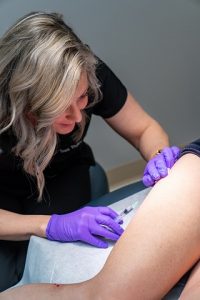 Sclerotherapy is a minimally-invasive procedure that treats spider veins and varicose veins. Depending on how deep the abnormal vein is under your skin, your doctor may need to use ultrasound technology to see where the vein is located. Then, he or she will inject a specialized solution directly into the target vein. This solution is usually saline-based, but the chemical agent depends on the size of the vessel that needs to be treated.
Sclerotherapy is a minimally-invasive procedure that treats spider veins and varicose veins. Depending on how deep the abnormal vein is under your skin, your doctor may need to use ultrasound technology to see where the vein is located. Then, he or she will inject a specialized solution directly into the target vein. This solution is usually saline-based, but the chemical agent depends on the size of the vessel that needs to be treated.
Injecting the saline solution into a vein damages the inside lining of the vessel. This forms a clot that blocks circulation in the vein. This forces the body to reroute blood flow through healthier veins. The damaged vein will eventually become scar tissue and the body will reabsorb it under the skin. This absorption causes the vein to fade from view, effectively removing varicose veins.
Sclerotherapy does require an injection into the skin, so the patient may experience some stinging or cramps when the syringe is inserted. Also, some feel pain from the saline solution being injected into the vein. The procedure should be otherwise pain-free unless a rare difficulty occurs. All medical procedures pose a risk, but your doctor will discuss side effects before deciding if this therapy will work for you. For example, a person may experience hyperpigmentation (darkening of the skin), pain at injection site, temporary swelling, or an allergic reaction. In severe cases, a person may experience nerve damage.
Sclerotherapy is performed on an outpatient basis; therefore, patients do not require hospitalization. Following the treatment, the patient will need to wear compression dressings for up to three weeks. A follow-up appointment after this recovery time will determine if further action is necessary. After treatment, veins will fade within a few weeks. On rare occasions, it may take more than a month to see total results. More than one treatment may be necessary for larger veins.
Before/After Gallery
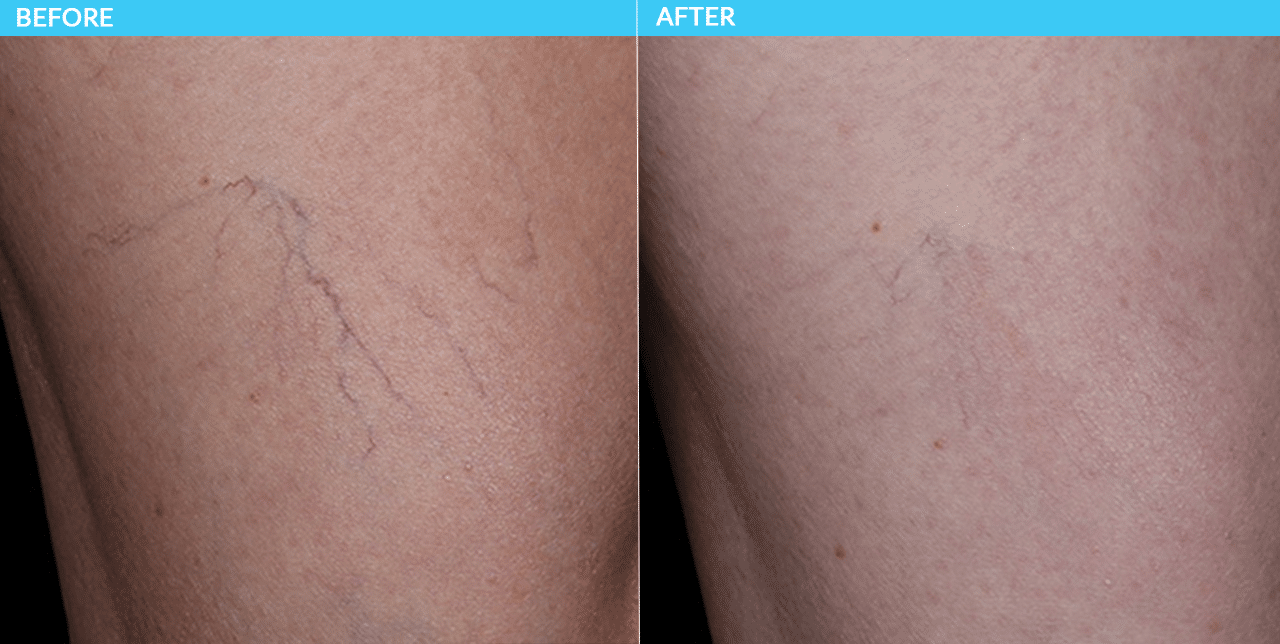
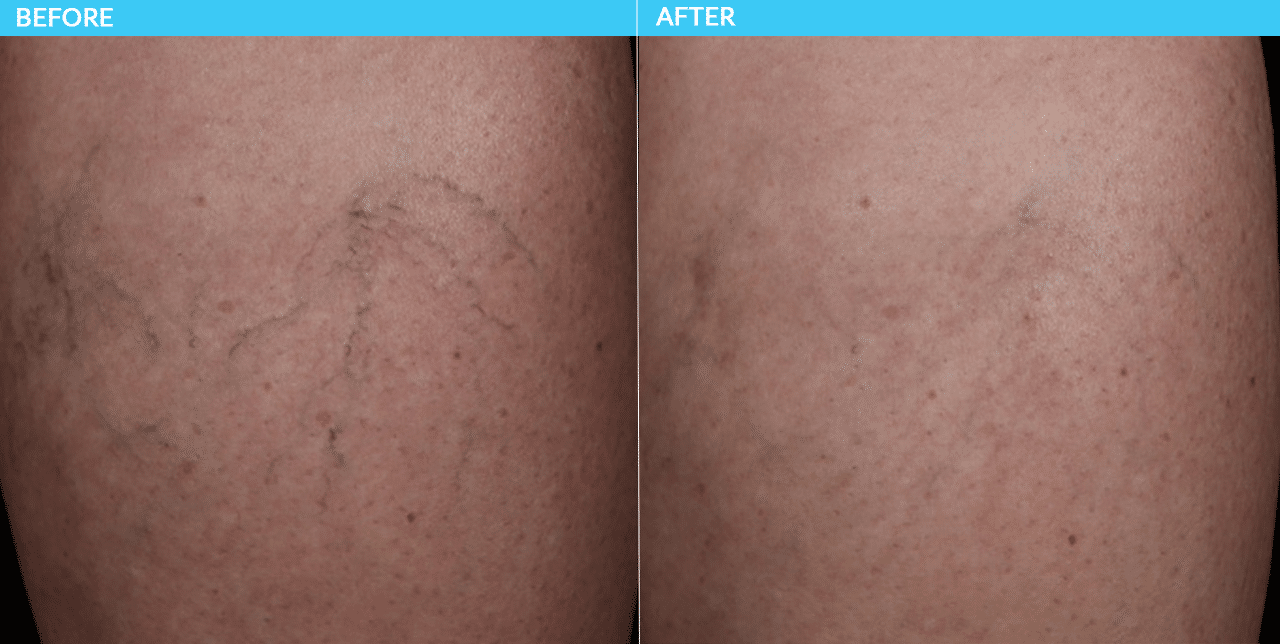

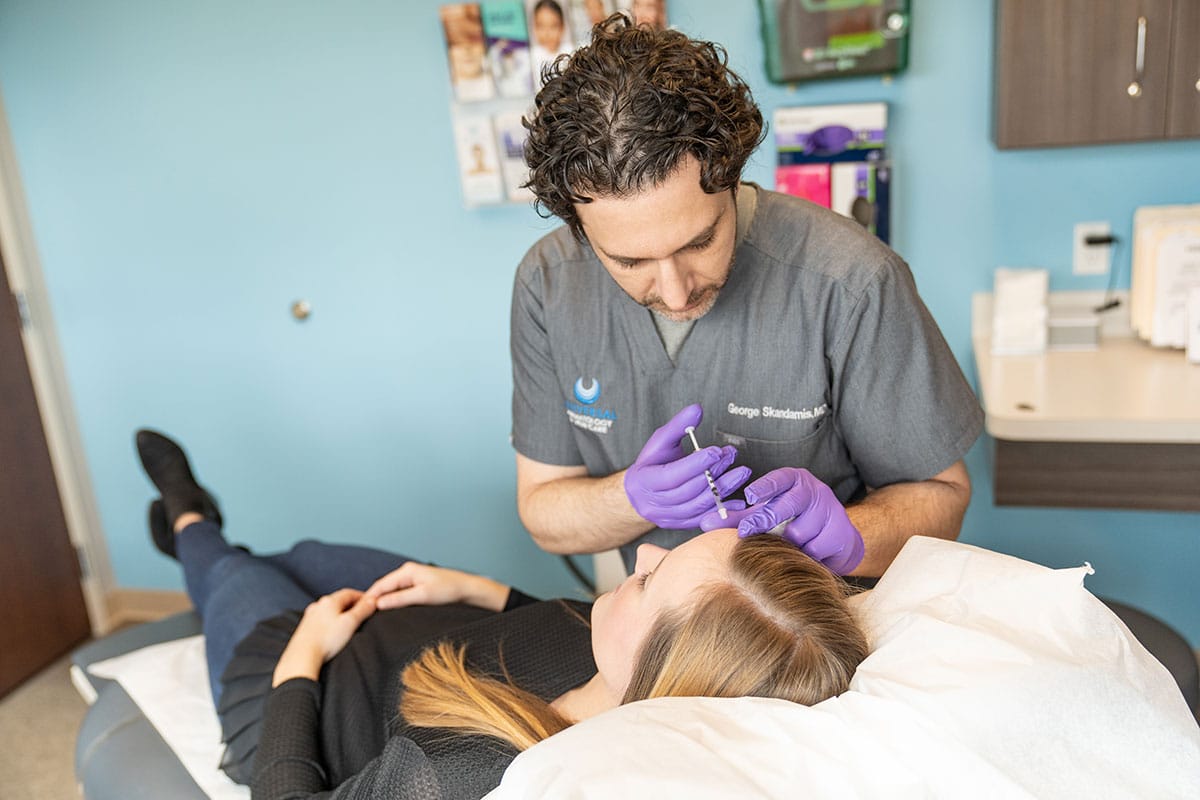 Our Dermatologists
Our Dermatologists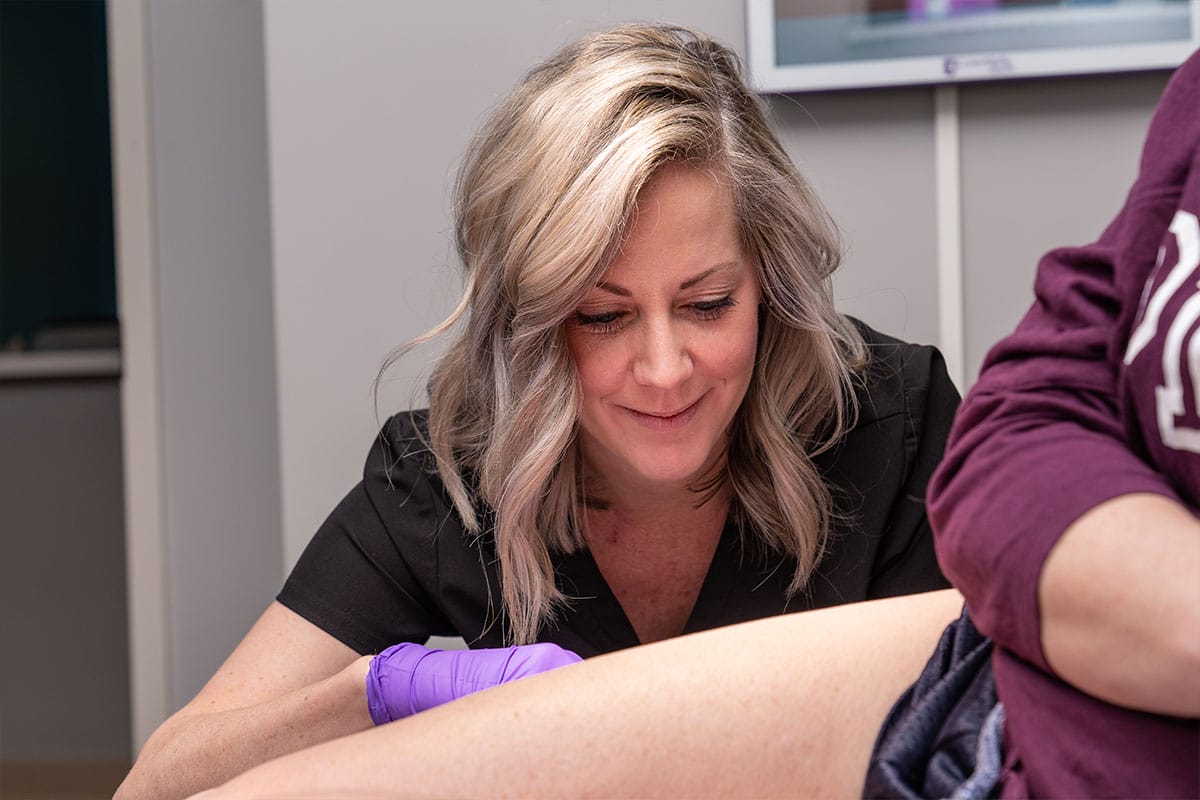 Our Providers
Our Providers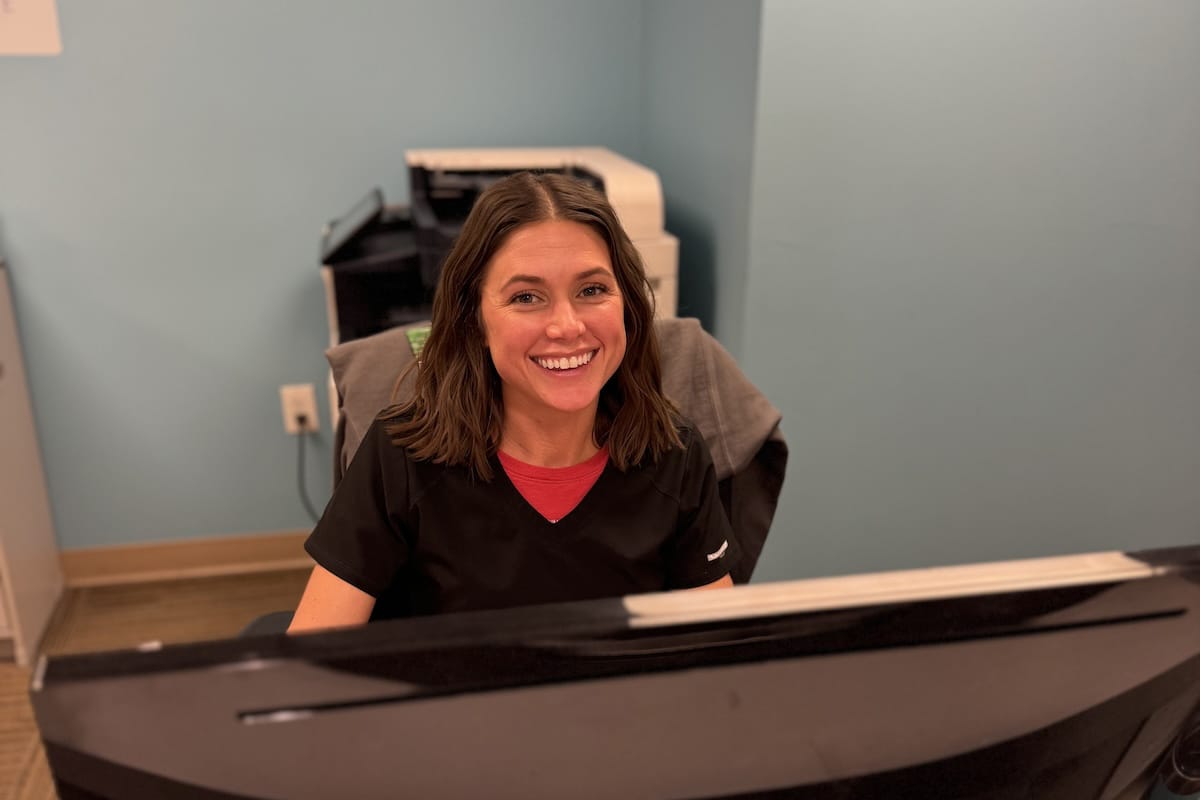 Our Staff
Our Staff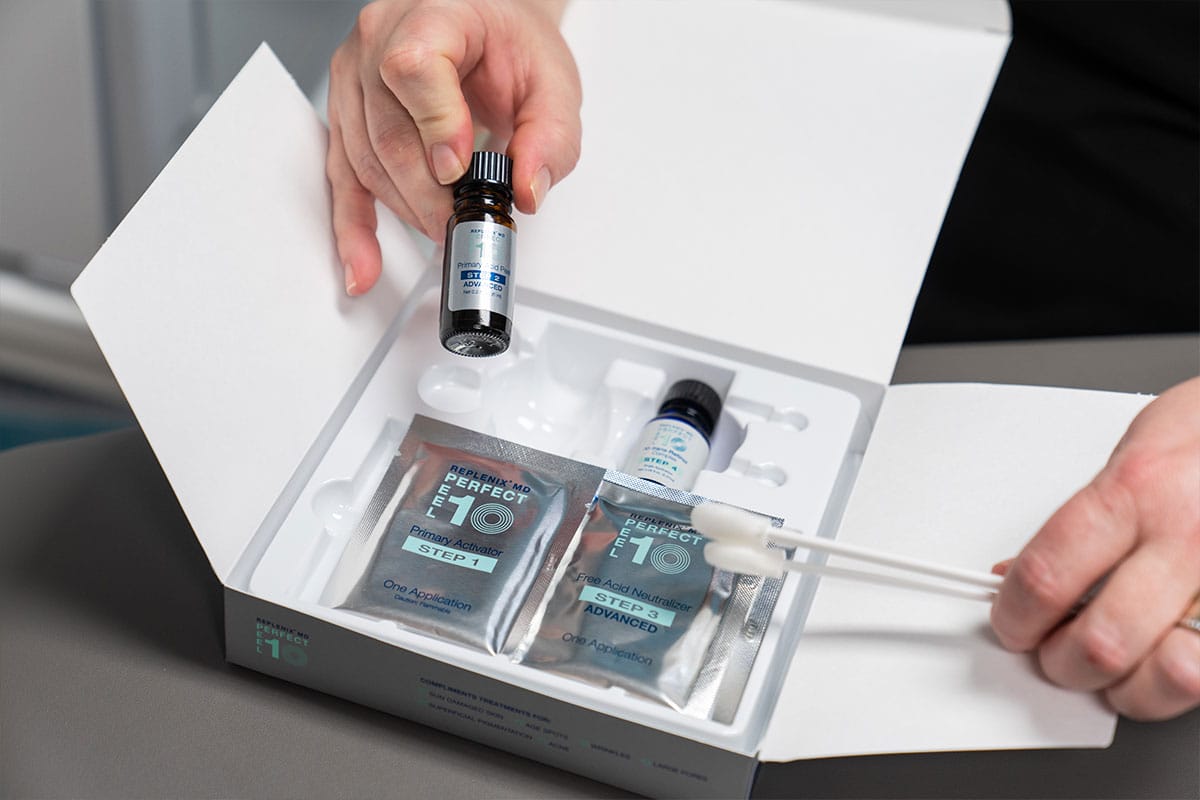 Specials
Specials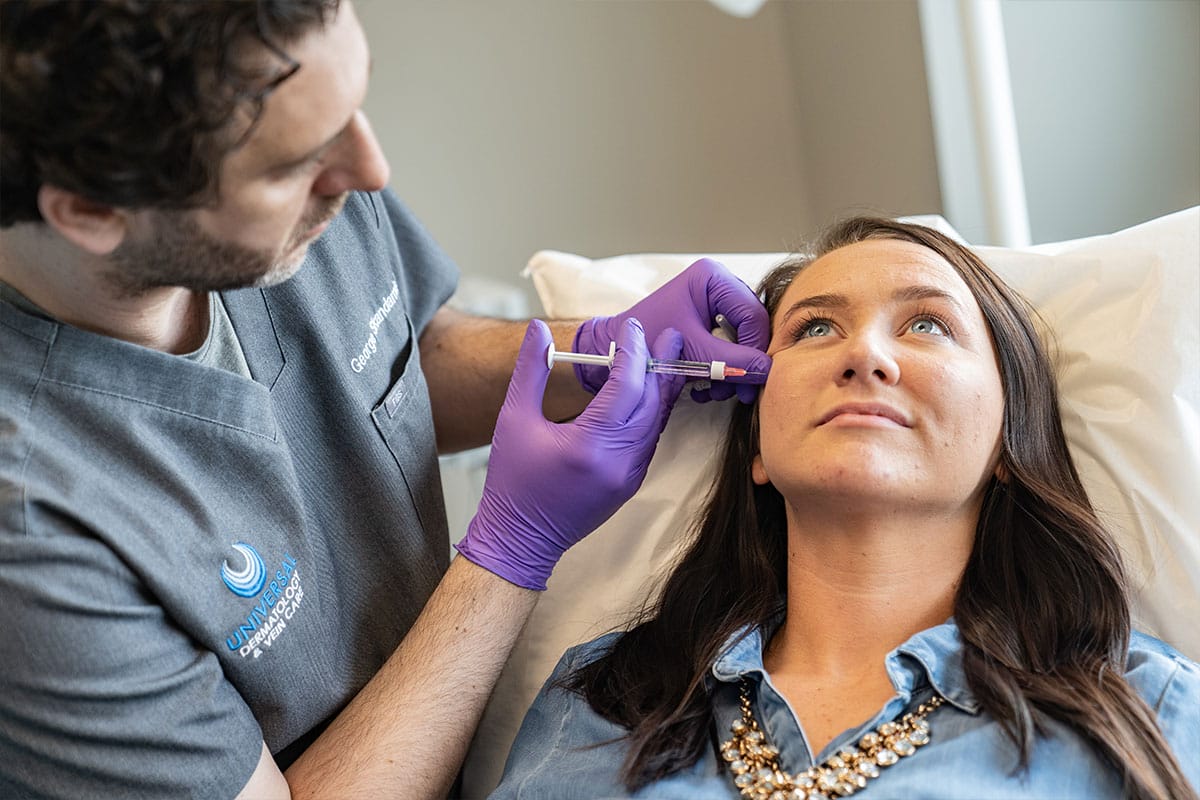 Financing
Financing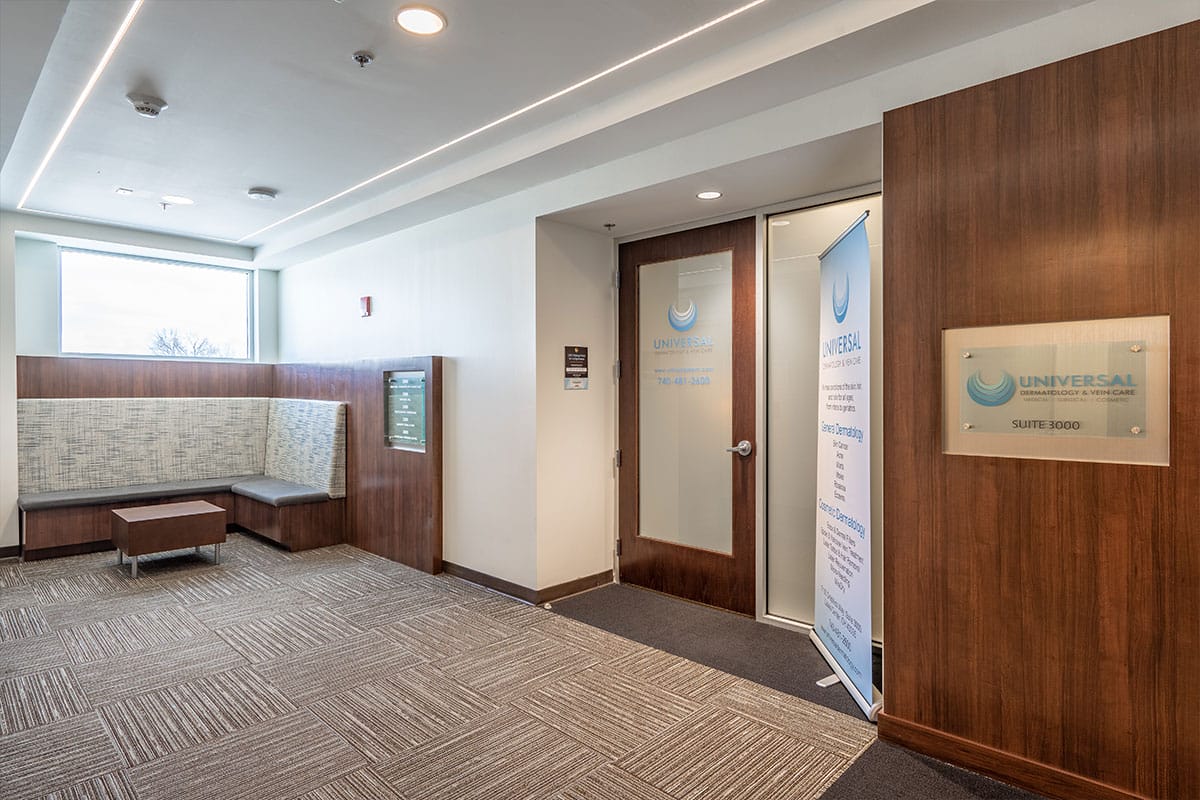 Pay Bill Online
Pay Bill Online